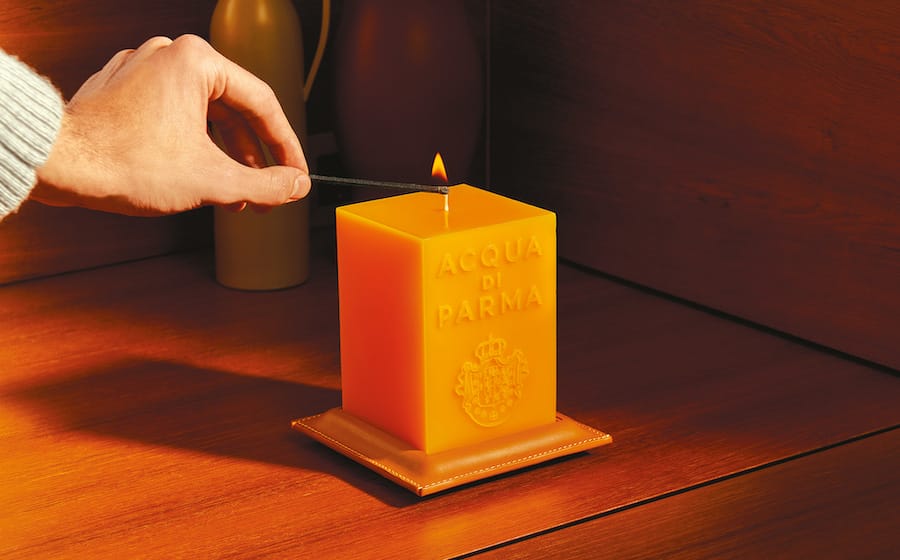
As if starting a skincare routine isn’t hard enough (one day you’re buying a bottle of cream from the drugstore and the next, you’re flying in a molecular one from Seoul), there lies the question of skincare mixing. Simply put, it’s usually a case of “Vitamin C + SPF good for skin” or “Will mixing AHA + BHA mess my skin up”.
Thankfully, here, we have Dr Teo Wan Lin to give us the lowdown on the specifics of skincare mixing. Thanks doc!
—
What is the science of skincare mixing?
From a contemporary perspective in the beauty landscape, skincare mixing has been popularised by customised serums which allow the user to add in the ingredients which they think is going to be beneficial for their skin. I think it is firstly a little bit of marketing because at the end of the day, an effective serum or cream contains anti-oxidants which are well tolerated by all skin types which includes individuals with sensitive skin.
If you have a specific problem like acne, rosacea or dermatitis (like eczema), no amount of over-the-counter skincare mixing will make a difference. I would propose for individuals who suffer from these conditions and who are treated medically (and essentially), the skincare that would benefit them would be one that is well-tolerated (minimal ingredients like retinol, AHAs) and have a moisturising effect as opposed to attempting to cure the condition.
However, when it comes to specific active ingredients, botanicals for acne (an area of promising research), my work is in active ingredient known as berberine; derived from the bark of a plant known as phellodendron amurense and has been used in traditional Chinese medicine and only in the last five years or so when we studied it, did we realise that it has a specific drug like effect on acne patients.
Firstly, it is anti-microbial and anti-inflammatory. It also has potent antioxidants properties which helps to minimise post inflammation redness and scarring. When it comes to specific ingredients like that, there has to be a body of evidence that backs it up and is what we consider as functional dermatology. Functional medicine is a subset of medicine that incorporates non-prescriptive interventions in a field of medicine and the application of botanicals in cosmeceuticals is one way that we can approach it.
But simply put, skincare mixing is very appealing to the consumer because of this feeling of it being personalised. However, you do need some knowledge of what ingredients for the condition you have. The only benefit I feel would be if you do suffer from oily skin (sans acne) you can actually use an astringent serum. Certain botanical extracts like as chlorella from algae helps to regulate sebum production.
—
What are some ingredients that cannot be mixed?
When you are marketing a product that is meant for skincare mixing, you have to make sure each ingredient is soluble in its base. Serums are commonly marketed as the most concentrated or easily absorbed but really, that is something that remains to be borne out of evidence whether they are more effective than moisturisers. You need to dilute the ingredient whenever you add new ones in. So for example, if you’re putting it in a pure serum formula, the theory is that you can increase the amount of active ingredients.
For ingredients like hyaluronic acid or vitamin c, I would recommend a serum containing it. However, a good moisturising product is still essential. In Singapore’s humid climate, I would recommend an emulsion that is a combination of oil and water as opposed to cream formulas. When we’re in a tropical climate, our skin does react to the near 100% humidity and produces more oil.
If a brand markets a product that you can mix on your own on an assumption that these ingredients are stable, it’s not that we’re expecting any new reactions to occur; especially one that will make it ineffective. Vitamin C for example is one that is incredibly sensitive to the effects of the environment and I would definitely exclude that from any skincare mixing. On top of that, if you are looking at products that will reduce skin oiliness, astringents like alcohol in toners or AHAs and retinol should not be part of skincare mixing.
I wouldn’t combine them because the accumulated effects can cause severe skin irritation. For any product that is being marketed as mix and match, you shouldn’t have anything that is potentially irritating to the skin.
—
Are there new combinations of ingredients that you advocate for?
For new combinations of skincare mixing, it is a trendy thing to imagine that you can make your own serum or skincare product but it really is not as simple. There is a lot of chemistry involved and the main function of a chemist working at a brand is to ensure that the formulation is stable and has an intended shelf life. If it’s something that allows you to do skincare mixing, there should be clear labelling that you probably need to finish using it within a certain time frame.
The process of skincare mixing would expose the end product to the environment and this includes the risk of bacterial contamination and the base formula is probably going to be determined to be moisturising (like a face mask) in the first place. Any other additional active ingredients that are going to be added should be compatible.
In terms of skincare mixing, I feel that the very basic function is to moisturise. If something doesn’t contain a basic moisturising ingredient, I feel that it’s probably ineffective as a vehicle. Common emollients include glycerine (a common humectant) that prevents water loss, molecules like hyaluronic acid that absorb into the dermis.
—
What is a combo of ingredients you think everybody can use?
For skincare mixing that everybody can try, if you’re going to apply anything on your skin, the basic step is cleansing in a routine. Moisturising can be further sub divided into application of serums, emulsions or cream formulas that are a little heavier than serums. You should definitely have a moisturising ingredient like one that directly repairs the skin barrier. For example, what we call a prescription emollient device that is basically a moisturiser that contains the optimum level of lipids and anti-inflammatory botanical ingredients that are well tolerated and have steroid-like effects. That is the gold standard of moisturising therapy now.
If you have acne-prone or greasy skin, you will still benefit from a formula like that. What you need to avoid is occlusive ingredients like paraffins that is sometimes used in part of treatments like severe eczema.
—
Below, our favourite products that have landed on our table.
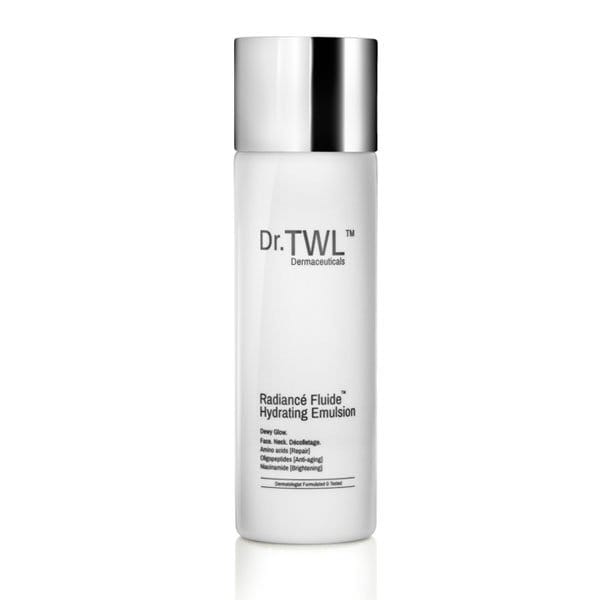
The Dr.TWL Dermaceuticals Radiancé Fluide™ Hydrating Emulsion contains LARECEA™ Extract for regeneration and skin brightening ingredients for a dewy glow. It is also specially formulated for a light-weight feel to impart a radiant glow without the need for make-up.
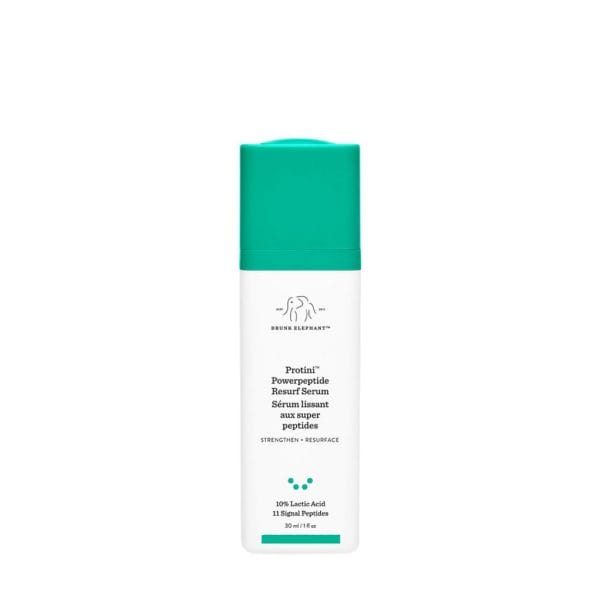
—

The Estée Lauder Perfectionist Pro Rapid Brightening Treatment Ferment3 + Vitamin C visibly reduces the look of dark spots, acne marks and pores thanks to an exclusive brightening complex of three potent ferments and vitamin C.
—
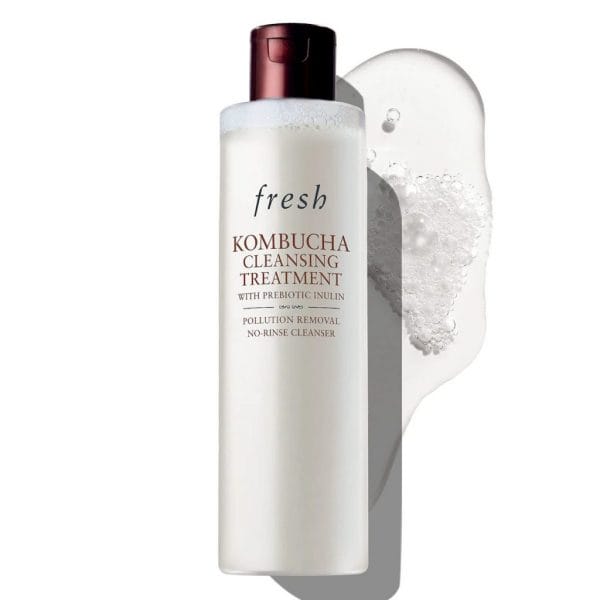
Fresh’s latest Kombucha Cleansing Treatment contains the good fluid that cleanses, repairs and treats with prebiotic inulin — a natural ingredient that balances the skin.
—
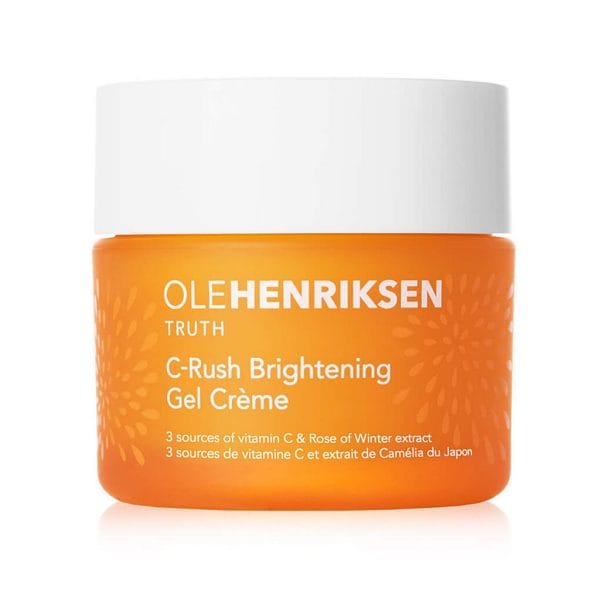
Not only does the Olehenriksen C-Rush™ Brightening Gel Crème hydrate for 24 hours, it also targets fine lines and wrinkles while firming the skin up with three sources of vitamin C and Rose of Winter.
—

The Porcelain HA+ Hydrating Serum contains a dual-molecular formula of hyaluronic acid and 4-complexes to counteract the signs of ageing while increasing moisture with daily use.
—
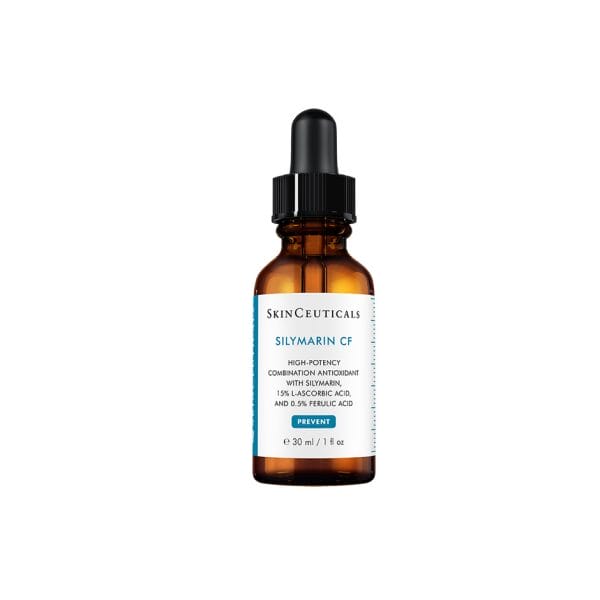
15% pure vitamin C, 0.% ferulic acid and 0.5% salicylic acid: the SkinCeuticals Silymarin CF reduces oil production while reinforcing the skin’s natural protective barrier.
—
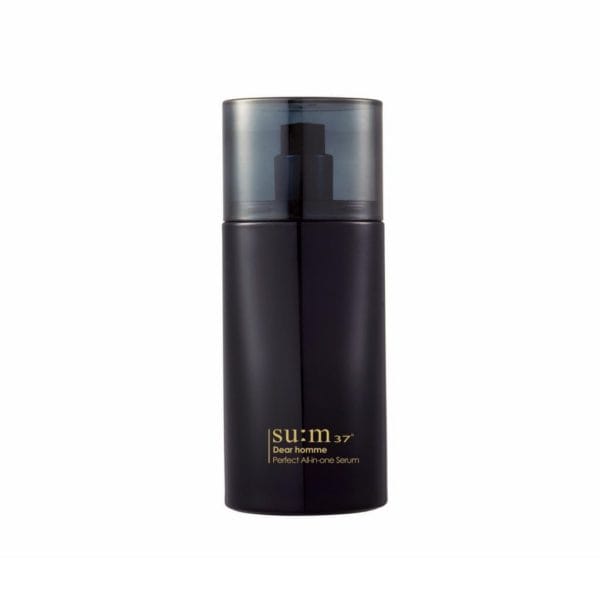
The all-in-one su:m37 Dear Homme All-in-one Serum contains Cytosis®️ that shoothes, maca extract that revitalises and Ectoin substance that hydrates and smoothens.
Once you’re done with this story, click here to catch up with our March 2021 issue!



